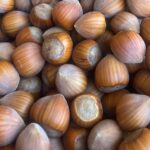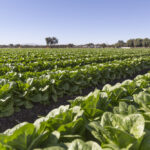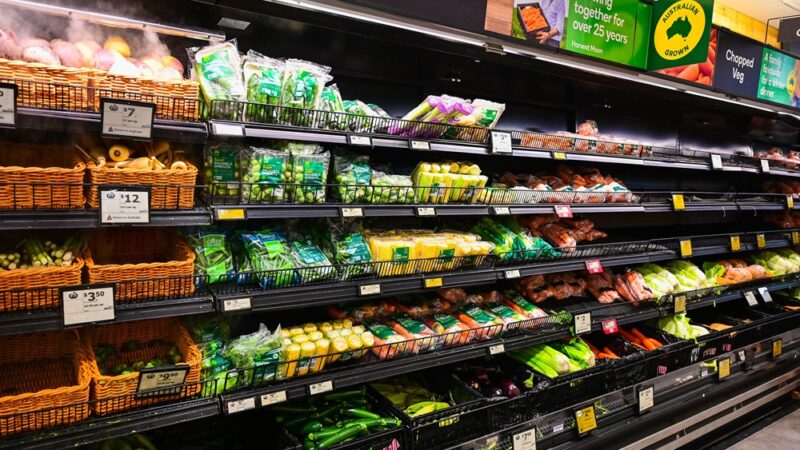A group of Sydney's most influential chefs, farmers and food industry leaders recently attended the…
Going nutty: the macadamia industry
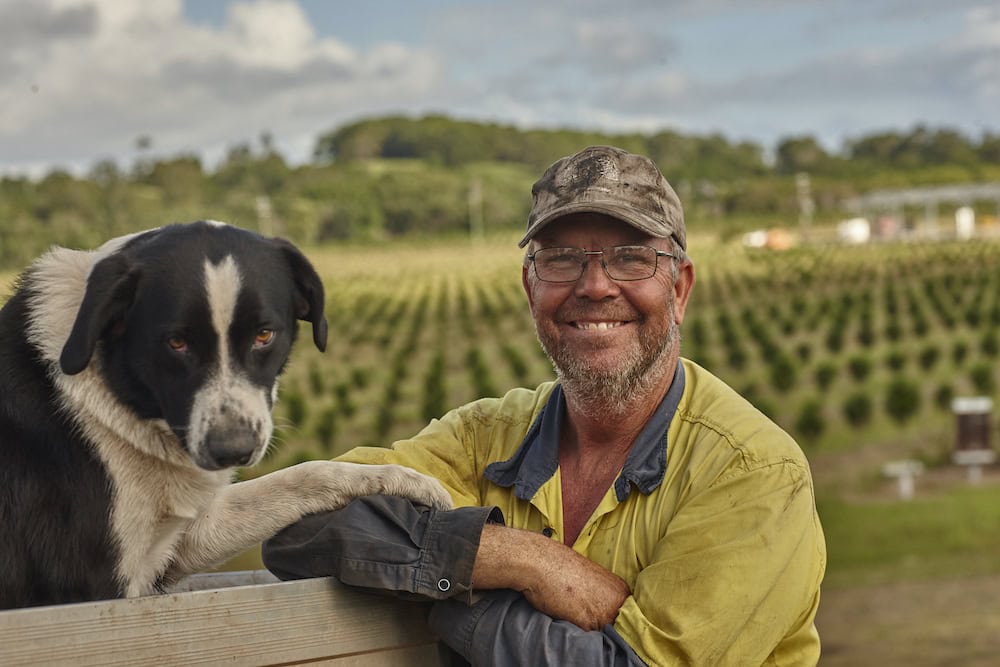
The macadamia industry has set a cracking pace for industry growth in the last decade. National production has almost doubled and farm gate value has grown to $300 million with growers receiving $5-$7 per kilogram since 2015, compared to lows of less than $2 per kilogram prior to 2010.
Average yields have increased from 2.6 tonnes per hectare to as high as 3.2 tonnes, with some Australian growers now achieving 6 tonnes per hectare.
Queensland’s Bundaberg region produced the lion’s share of last year’s record harvest of 58,200 tonnes (‘nut in shell’ at 10 per cent moisture), but investment in orchards is coming back to the Northern Rivers region.
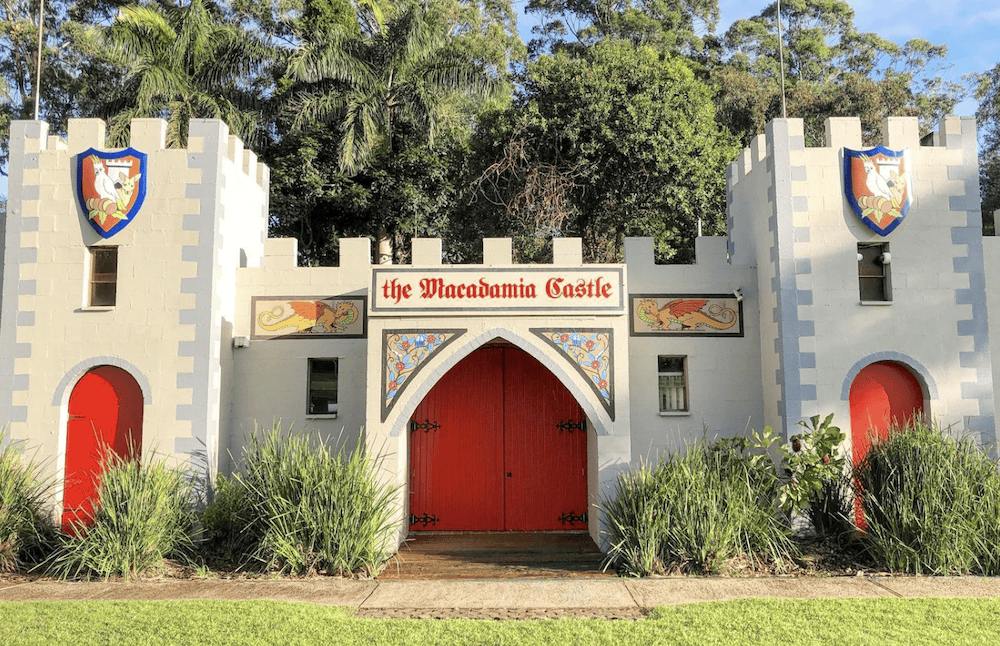
Home to the Macadamia Castle, the Northern Rivers region harvested around 60 per cent of the nation’s crop less than a decade ago.
New orchards are popping up on the floodplains in the Clarence, Richmond and Tweed catchments, where an increasing number of sugarcane farmers are diversifying into small-scale macadamia orchards.
The Clarence Valley now also boasts one of the largest single orchards in the country, with 250,000 trees planted across 800 hectares at Boombera Park near Lawrence.
The former 1400-hectare grazing farm, owned by Australian investment group Arrow Funds Management, is expected to yield more than 3,000 tonnes of ‘nut in shell’ annually when in full production.
Project Manager Stuart Pettigrew says there are also plans for onsite husking, drying and storage facilities. “We finished planting the orchard in November last year,” he says. “We will get a small harvest next year, but the first commercial harvest will be 2024.”
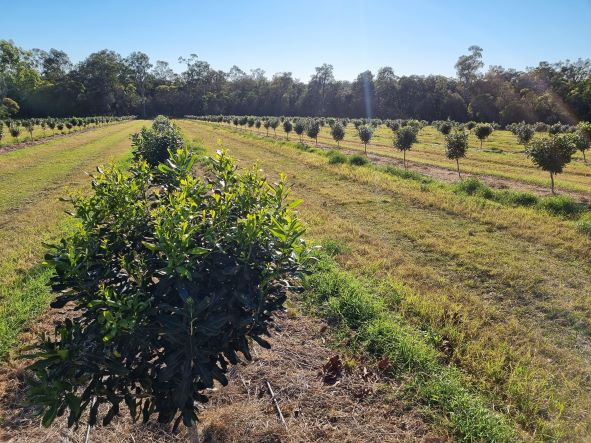
Native habitat restoration
In addition to looking after 250,000 trees, Boombera’s farm management team is preserving native vegetation and revegetating some creek lines and wetland areas on the remainder of the property.
“The project is all about working with the local environment as well, which in turns benefits the orchard through creating more refuges for native bee pollinators.
“We’ve learned in the couple of years of operating the property just how important the native bee population is for pollinating macadamias.”
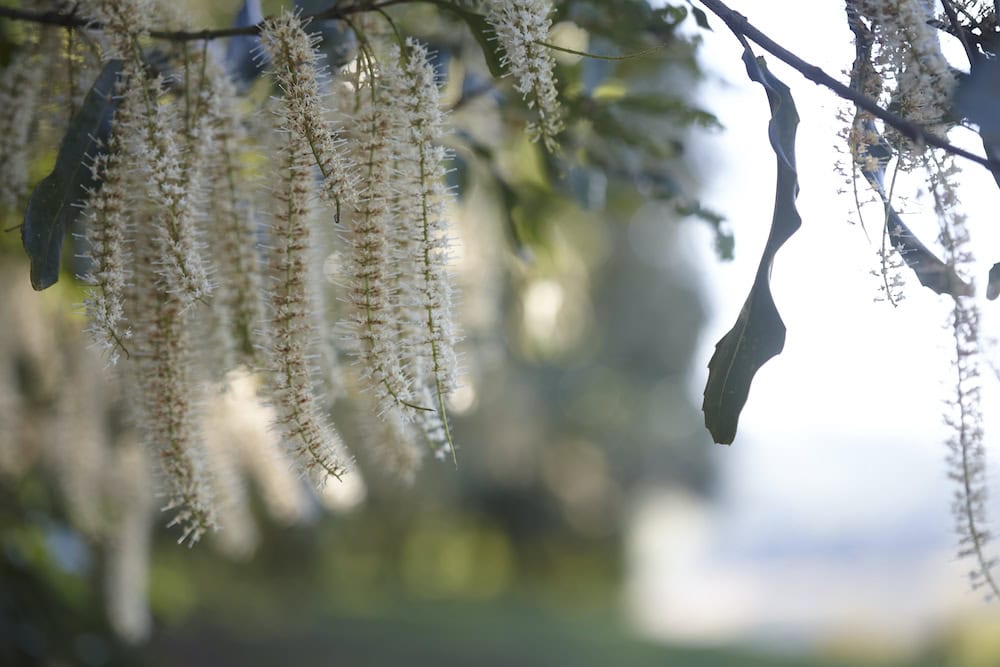
Stuart says there are a range of reasons why macadamias are a good investment.
“They are a sustainable crop and being an Australian native, they can deal with the vagaries of our climate. The trees also show tolerance to droughts and floods. There are not many horticultural crops that can survive those sort of climate extremes.”
Project Manager of Boombera Park Stuart Pettigrew.
Growing demand in the macadamia industry
“We have seen a big uptick in the global market for macadamias as well, given the health benefits of nuts and a trend towards plant-based diets,” says Stuart.
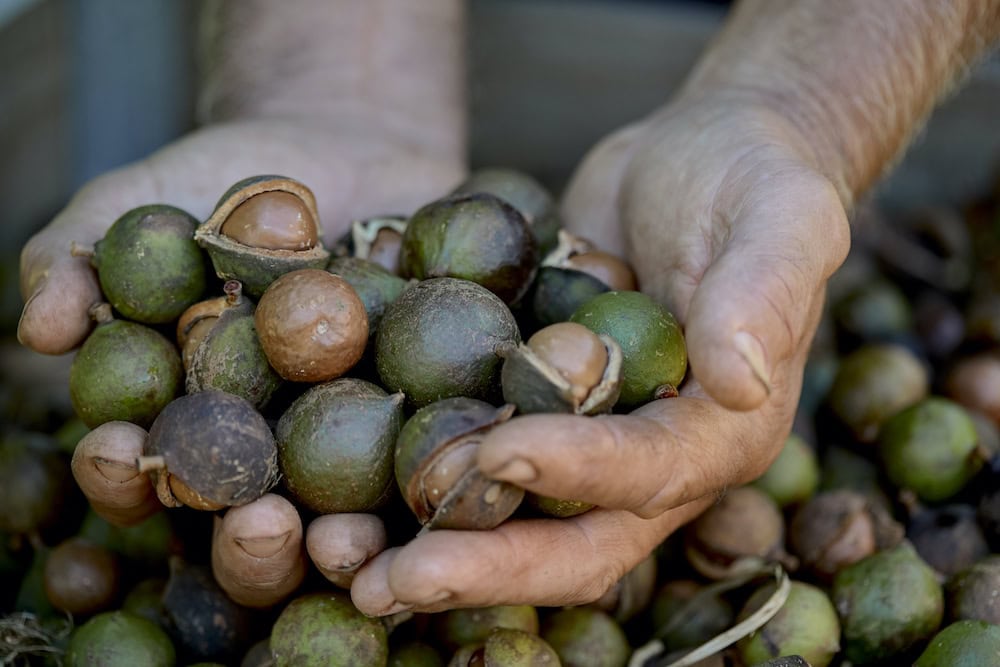
Australian Macadamia Society CEO Jolyon Burnett agrees, saying there is surging global demand and new markets to conquer.
“The whole nut category has been growing, as they fit into all the dietary trends. Macadamias only account for less than 2 per cent of the world tree nut market, so there is huge potential to take a bigger share.”
Australian Macadamia Society CEO Jolyon Burnett.
More than 70 per cent of the nation’s crop is exported to 40 countries, with Australian macadamias most popular in the US, Korea, China, Japan and Germany.
“India is definitely a key target market as the largest consumer of nuts in the world. The new Free Trade Agreement with India will help, with the removal of 32 per cent tariff on macadamias over the next seven years,” says Jolyon.
“The domestic market is also very important. Australians are macadamia mad, consuming more per capital than anywhere else in the world.”

But the Australian macadamia industry is not the only one growing. South Africa, Kenya, China and Vietnam are all planting our native nut at a faster rate.
South Africa overtook Australia in 2018 as the world’s leading macadamia producer. South Africa’s projection for their 2022 crop is 62,215 tonnes, an 8 per cent increase on last year’s crop.
“I think we remain the macadamia of first preference purchased in most markets,” Jolyon says. “Australia is a high-cost producer, so there is a risk that if supply ever meets demand, we would find it difficult to compete against countries like South Africa and Kenya.”
Recent & ongoing challenges
“We face challenges like any other industry,” Jolyon says. “Maintaining a social license to farm is one of those, particularly for the Northern Rivers region, we have to get that right to have a long term future.
“Farmers are increasingly aware of this and are adopting orchard management strategies to retain topsoil and integrated pest management to reduce chemical use.
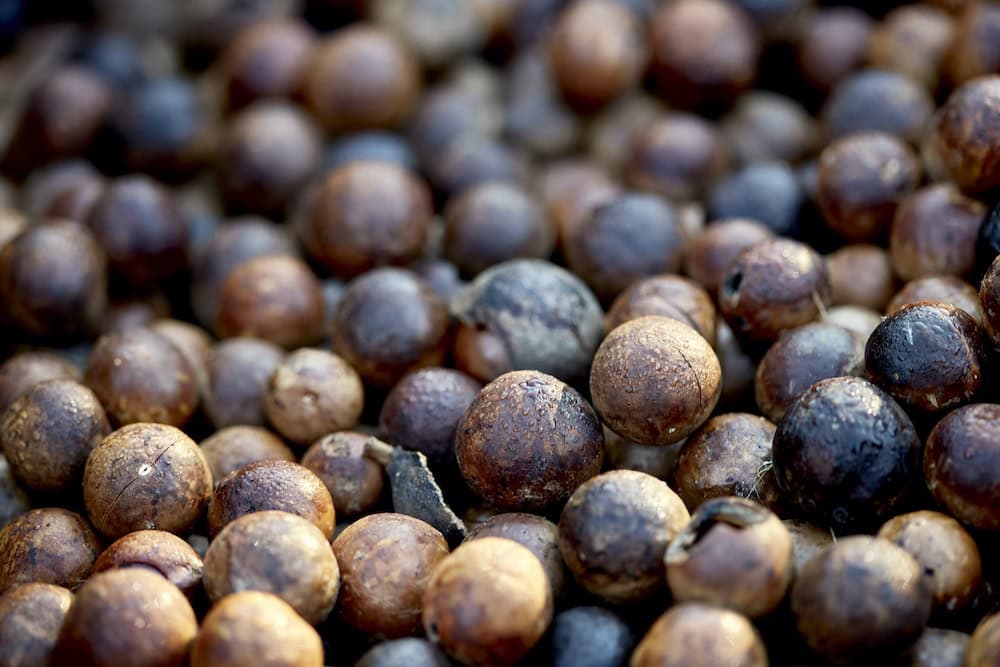
“And of course, more recently we have had the challenge of natural disasters thrown at us.”
The 2022 macadamia crop was tipped to break the 2021 record, but unprecedented flooding in Northern NSW at the start of harvest has revised production forecasts.
“Fortunately, the floods hit early in the harvest season, so there was not a lot of nuts on the ground, but it really was a significant event,” Jolyon says.
“It’s still early days, but we estimate a crop loss of 5 to 10 per cent. There was of course a lot of damage to farm infrastructure and machinery. Farmers also have the challenge of being able to get into the orchards to harvest.”
Australian Macadamia Society CEO Jolyon Burnett.
The Australian Macadamia Society faced its own flooding nightmare. Their headquarters are based in Lismore, and like so many other businesses, it was swamped by record floodwaters, and they lost all of their historical images and records. “But we are lucky compared to so many other businesses in town and farm businesses,” a spokesperson said. “We can still do work from laptops and many others can’t do that.”
Opportunities in the macadamia industry
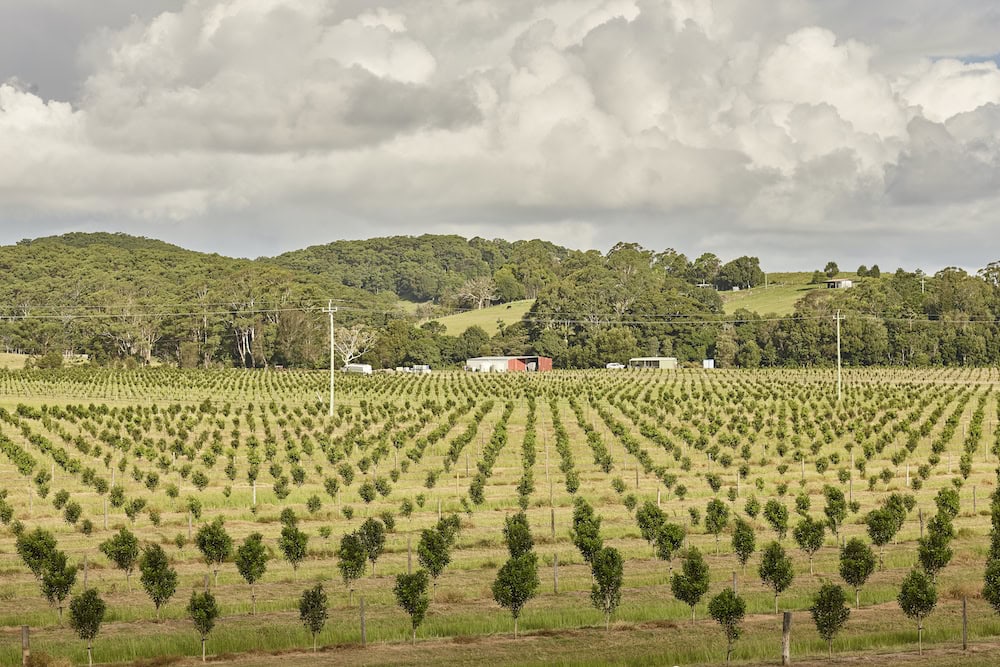
NSW Farmers member Tony Flick has experienced the high and lows of macadamia and beef cattle farming over the last 30 years.
The past two years has been one of the highs with record macadamia prices of up to $7 per kilogram and a soaring beef cattle market.
2022 has seen a dip, however, with the Northern Rivers flood disaster and a fall in farmgate macadamia prices to around $4 per kilogram.
As a fourth-generation farmer in his family, Tony first ventured into macadamias at the age of 21, planting a five-hectare orchard with his father on the family’s beef cattle, soybean and small crop farm at Ewingsdale near Byron Bay.
“I planted those trees while I was doing my fittersand turners apprenticeship and have been involved ever since,” Tony says.
“I am in the orchards all the time checking up on how things are going. It’s hard to run a farm from the office, and the orchard is a much better workplace.”
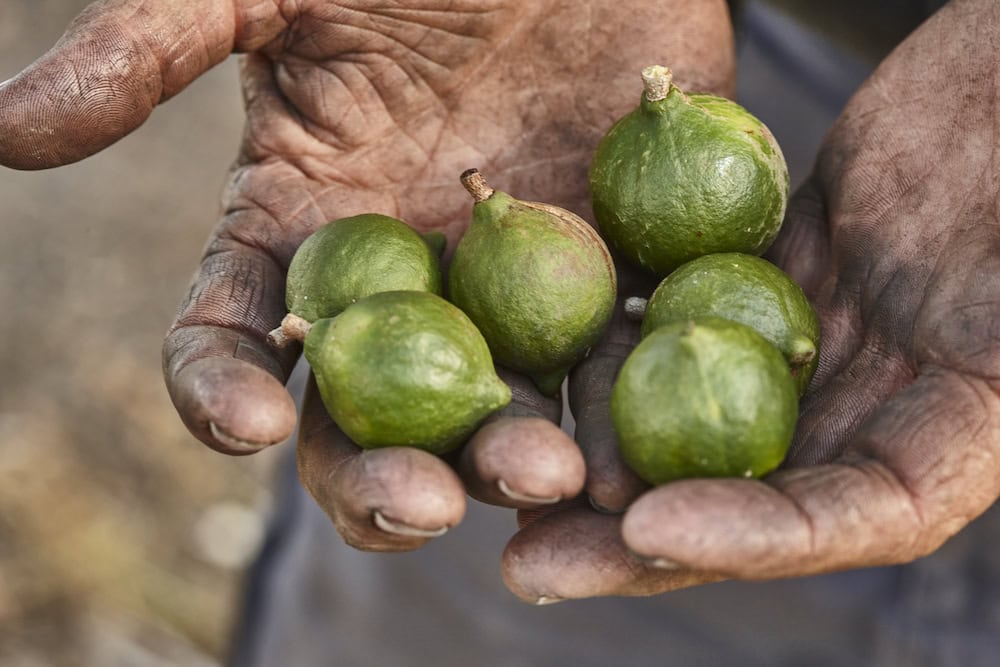
While working on the home farm at Ewingsdale and as a fitter and turner, Tony tapped into local macadamia share farming and farm management opportunities.
Three decades of orchard management experience, which has led to achieving above industry average yields of 4.5 tonnes per hectare, is now being applied to his family’s own new orchard as Tony transitions away from share farming.
Tony purchased his father’s 50ha sugarcane farm at Broken Head in 2018, started planting macadamia trees the following year and hand picked the first nuts this year.
“We’ve done a lot of pruning and feeding to really push the growth along,” Tony says. “Being higher up on the floodplain, the orchard escaped the worst of the flooding in February and March and we didn’t suffer the tree losses that occurred in other areas.
“There was still plenty of damage to the orchard, mainly from the strong winds that came with the flooding.”
Tony said indicative pricing for this year’s crop is a concern.
“We won’t do well out of the share farming this year at that price. It’s enough to be viable for our new orchard when it reaches maturity in 2028 because our costs are lower and we’ve planted high kernel recovery varieties.
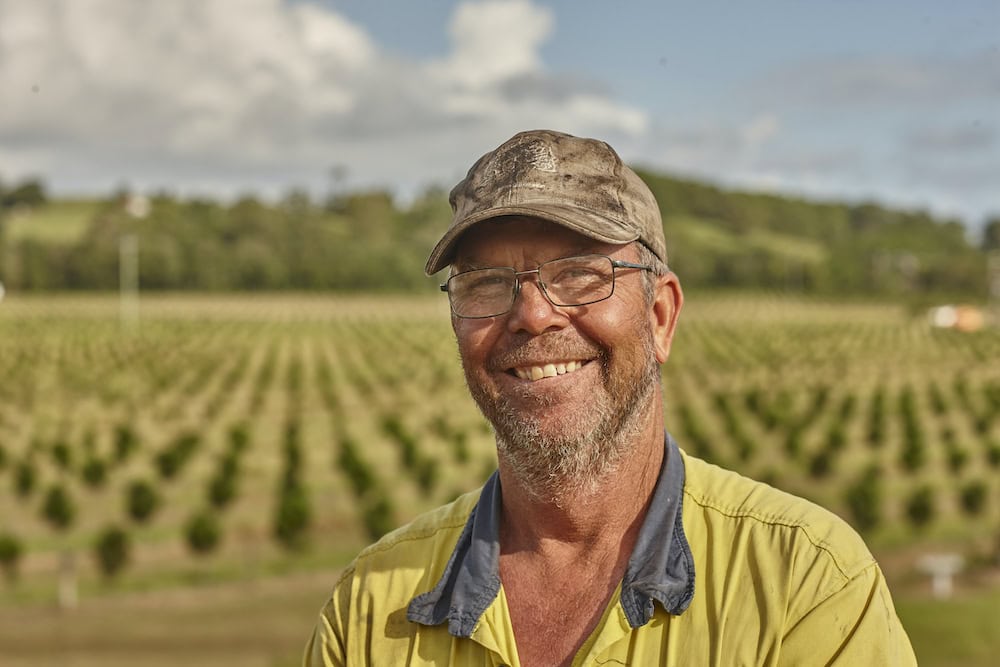
“But I do think there is a good future for family sized farms, given the demand for macadamias in the domestic and export markets.
“There is also lot of business expertise that’s come into the industry. I’ve been in the fortunate position of being to manage orchards while others front the business side of things.
“The challenge will be matching the market demand with the increase in volume, and we will have competition from the likes of South Africa.”
The macadamia journey
The macadamia orchards of North-eastern NSW and South-eastern Queensland burst into flower each spring.
Harvest kicks off in March, continuing through into August every year, when fallen nuts are swept up off the orchard floor ready to be cracked, packed and shipped.
While a few farms have their own cracking and packing facilities, most producers will deliver freshly harvested nuts to their local processor. At the peak of the harvest, some processors have over one thousand tonnes of nuts go through their plants every week.
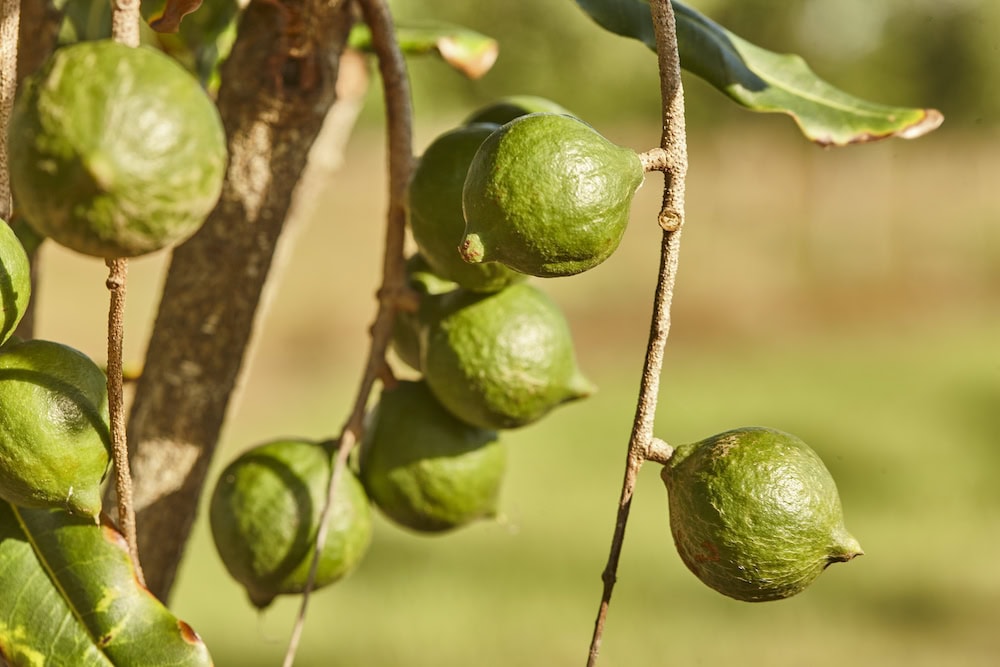
The nuts are weighed and have samples taken to determine their moisture content and are transferred to drying rooms to bring the moisture down to 3 per cent – a process which takes about two weeks.
After the nuts are dried, mechanical crackers expose the kernel and remove the shell, and each kernel is sorted by colour using hi-tech graders. Some of the darker nuts are used to make macadamia oil, while premium white or creamy coloured nuts with no blemishes are reserved for eating.
If you enjoyed this feature on the macadamia industry, you might like our story on Australia’s sunflower industry.



